Irrigation systems for landscaping are often installed improperly or don’t even exist. This observation is from my many years remodeling the landscapes of homeowner’s properties. Fixing an improperly installed drip irrigation system is a very common need for most landscape remodeling projects. Here is how to set up a proper garden drip irrigation system.
Proper Planting Design
An irrigation system is designed based on the layout of the plants. Proper irrigation design is best when the planting design is done with the irrigation design in mind. Plantings are not only selected for their form, shape and structure, but for the amount of sun they prefer. The concept of planting zones will dictate the way the irrigation system is set up.
Create Irrigation Zones Based on the Plantings
Zones allow for the irrigation valves to deliver water at different durations and frequency. Thus an irrigation station or individual valve is dedicated to a particular zone. Examples of zones would be front lawn, rear lawn, trees, front shrubs, north shrubs, native plant area, food garden, containers, etc. Note that each of these zones requires different amounts of water. Some require daily watering, others only once per week.
Determine Valve Control Box Location
Once you have a layout of which zones are to be irrigated, you then figure out where the valves should be located. The control valves will need a source of water, so where that point of connection is will affect the location of the control box. On newer homes, the mainline feeding the house may have a pressure reducer and a line going into the house exposed on the outside of the house. Sometimes, they will install a stub out fitting for connection to the irrigation valves, if not, you will have to tie into that mainline and run a line to your valves.
Locate the Irrigation Controller
The valves should be automated and controlled by an irrigation controller. The controller should have as many available stations as you have valves. The controller may be located indoors or outdoors and in either case, connected to a source of electricity. Control wire will run from the controller location to each of the valves so it’s not critical to locate the valves close to the controller.
Install the Lateral Lines and Emitters
Once you set up the mainline connection, your valves and controller, you can run your “lateral” lines that feed each of the zones. For a typical drip system, the lateral will be a ½” tube with separate ¼” tubing for each individual plant. The emitters can be anywhere from ½ GPH (gallons per hour) to 5 GPH. Keep in mind that if you have one plant with a 1 GPH emitter and another with a 5 GPH emitter on the same zone, one plant will be getting five times more water. Perhaps these plants were not properly chosen nor the irrigation system designed in conjunction with the planting design or installation.
The emitter output should be consistent among all emitters on each zone. This is determined at the time the plants are selected and designed. Since you can’t be perfect with this, some plants that are otherwise considered to have the same watering needs may require different amounts due to variations in soil moisture and sun exposure.
As you can see from above, a proper irrigation system has several components: good planting design, good irrigation design, a programmable irrigation controller and proper installation. The bottom line is a proper garden drip irrigation system starts with creating a planting design based on zones. If zones are created, the irrigation will match the needs of the plants.
Article Source: https://bit.ly/3g2zXJa
